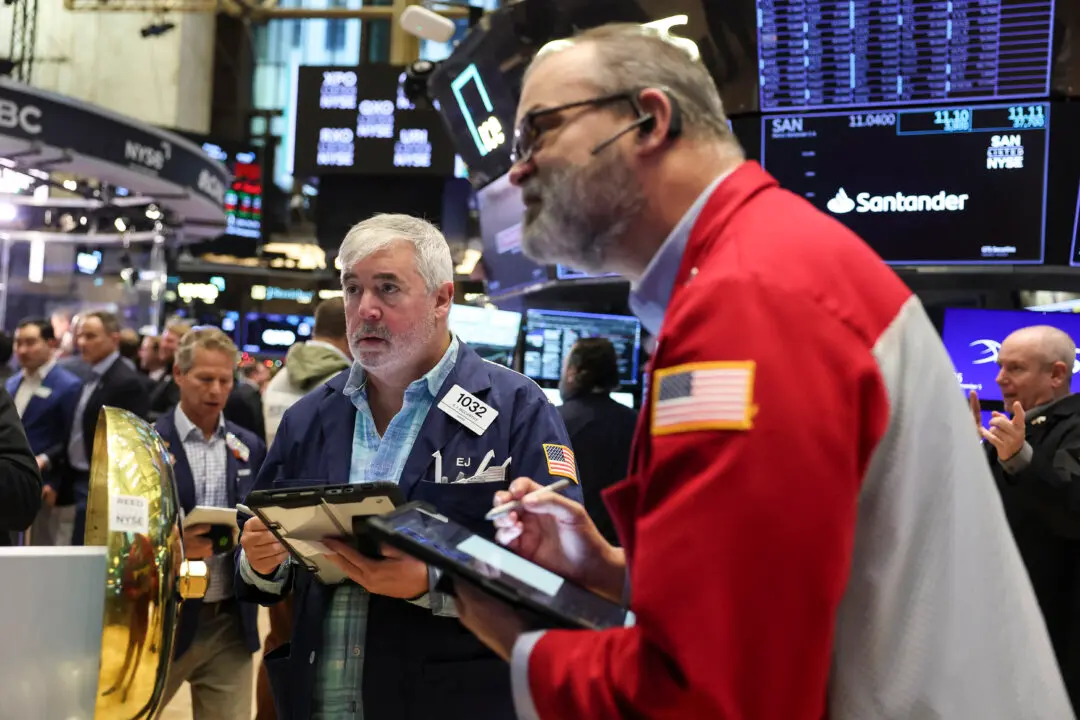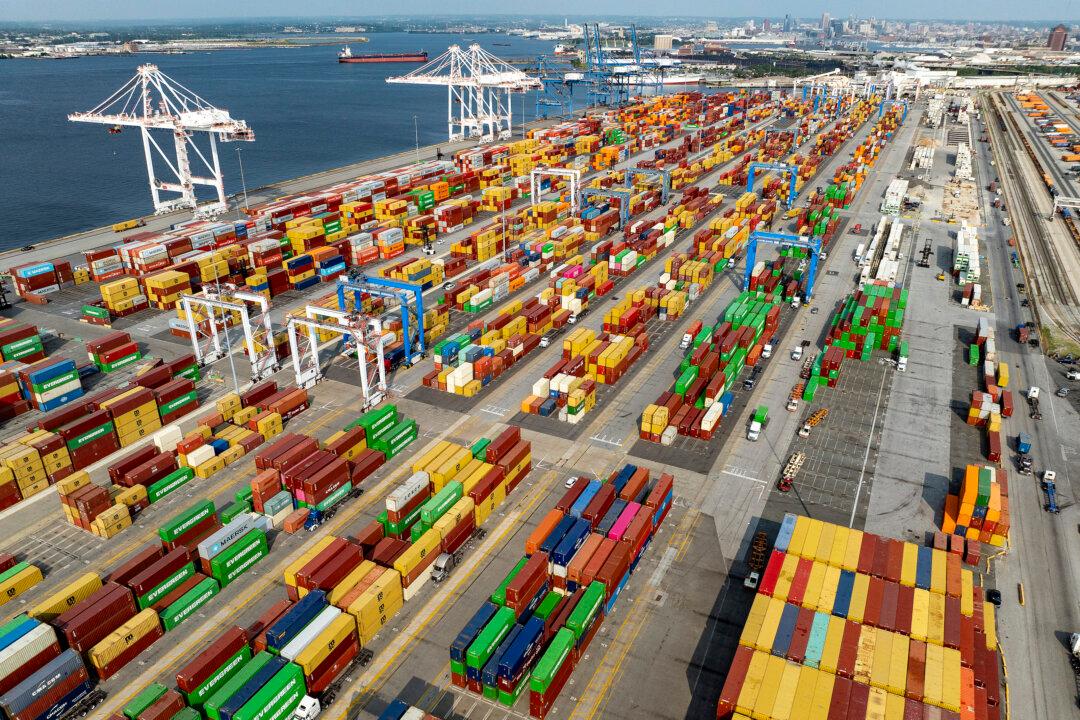Commentary
Negative interest rates and quantitative easing have wrecked the economic system. Negative interest rates destroy the profitable portion of a bank’s asset base, and no amount of cost-cutting or efficiency initiatives can compensate for this loss. Furthermore, persistent quantitative easing has transformed the investment side of the balance sheet into a ticking bomb.





